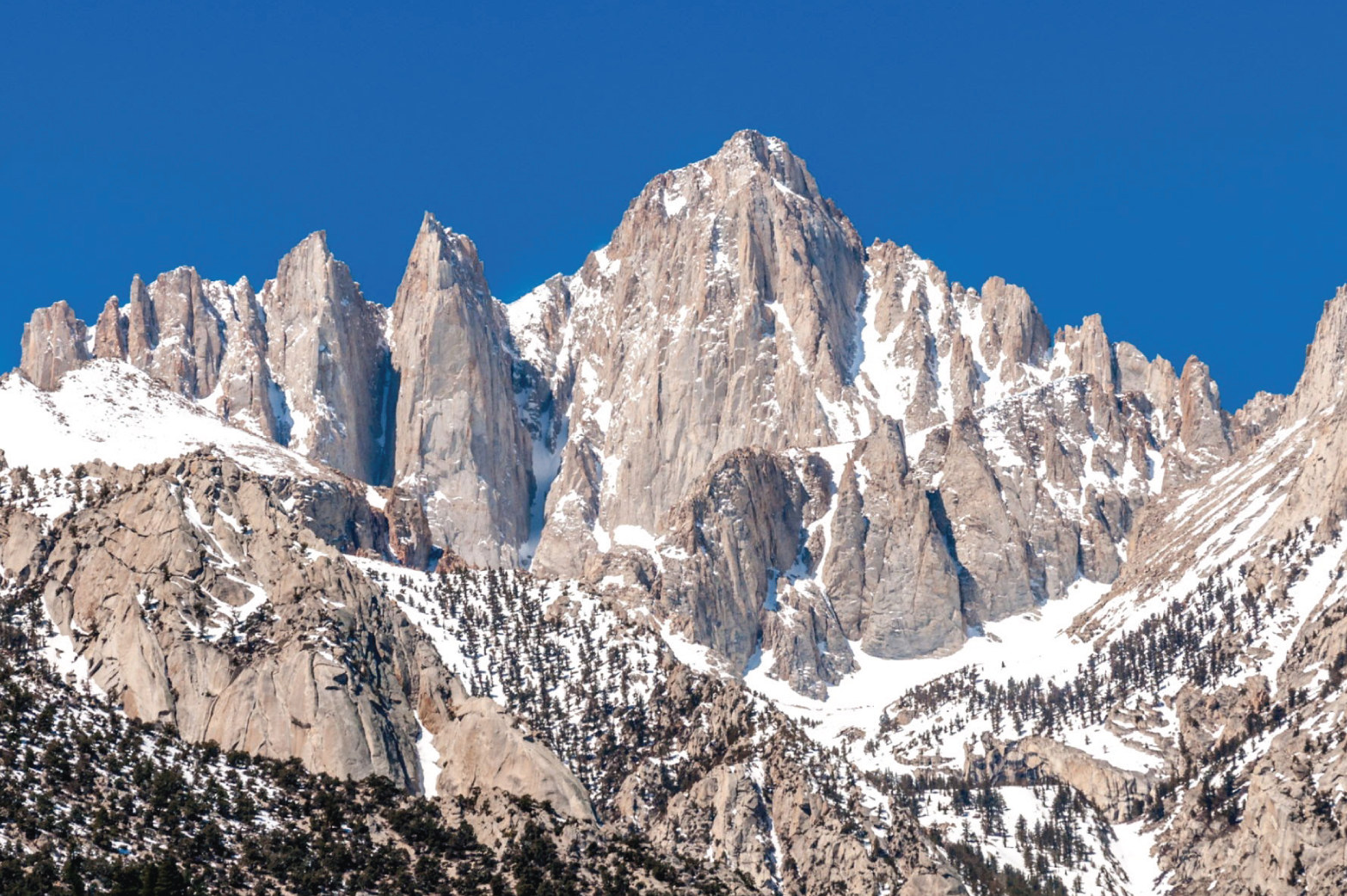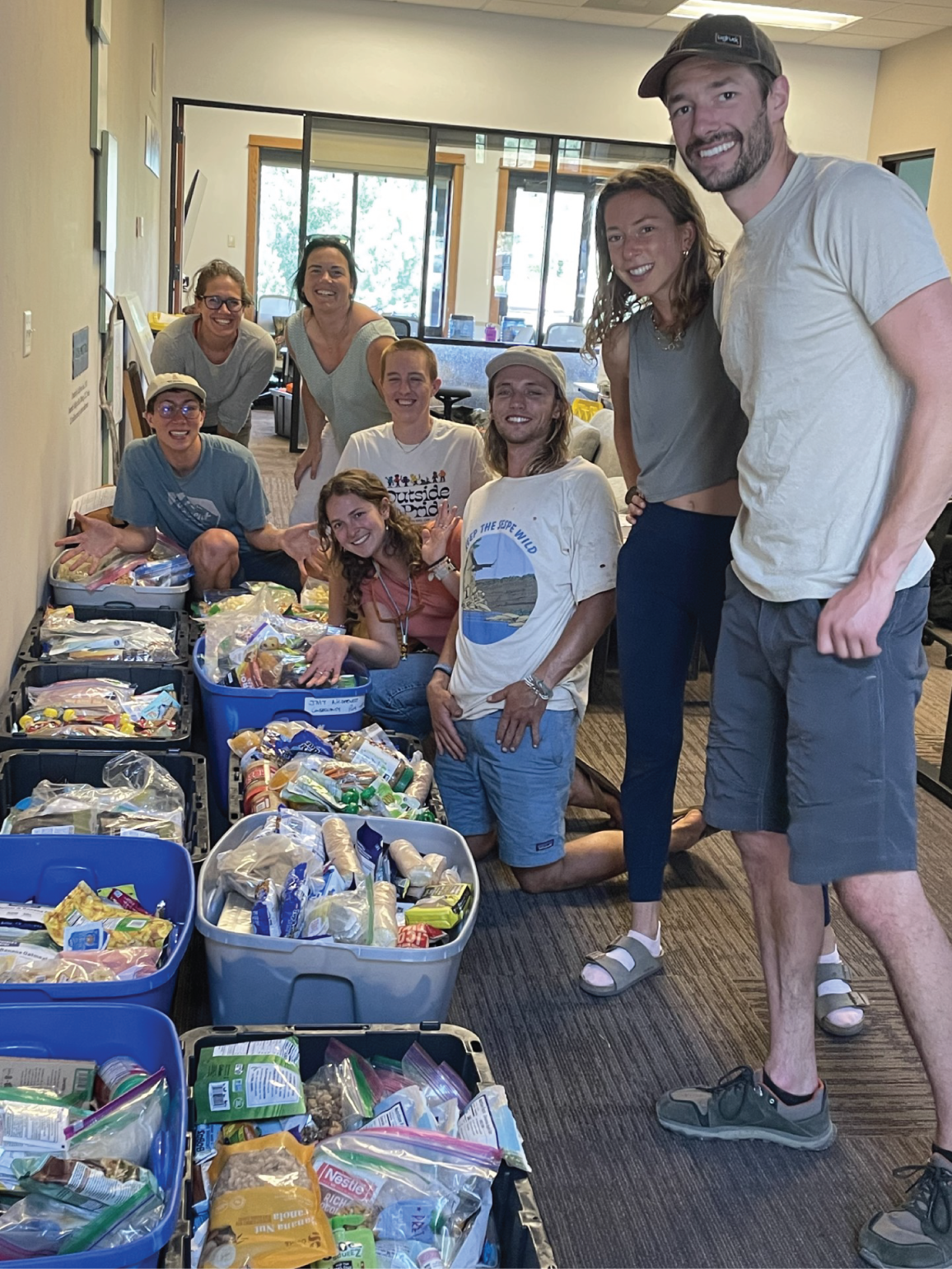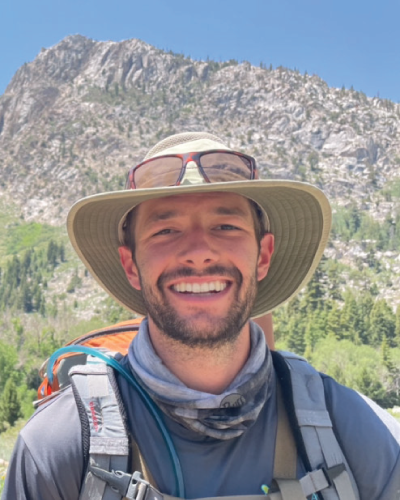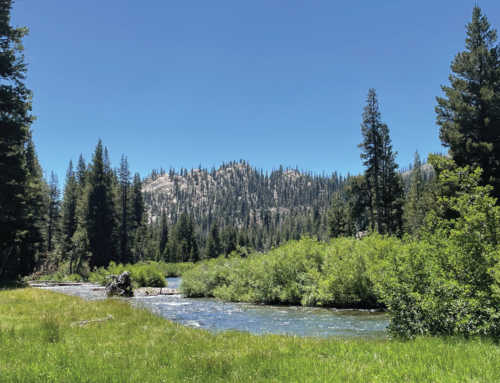August 28, 2023


In August, the Conservancy set out on its most ambitious project: 6 to 8 years of critical ecosystem restoration work along the remote landscape west of Mt. Whitney. A giant, standing at 14,505′, it is the highest point in the lower 48 states and serves as the southern terminus of the John Muir Trail. People access the summit in huge numbers from both the east and west sides, such that many areas look like “tent cities” during the hiking season. The impact on the lakesides, riverbanks, and lush alpine meadows from this traffic is severe. Extreme weather and wildfires that impact this terrain at full force compound the damage.
Our area of focus stretches north to south from Forester Pass to Horseshoe Meadows and then finishes traveling east to Mt. Whitney’s summit; nearly 51 square miles. On August 9th, our two JMT Internship Cohorts established their basecamp for the next 42 days at Strawberry Meadows. It is the crucial first step, requiring remarkable dedication and a brave heart.

Alex Fahey
Field Project Manager
DISPATCH:
We decided to proceed with this project only after we found a team with incredibly strong qualifications, experience, and physical fitness. With two exceptional team leads at the helm, Fenella Scutt and Alli Fitzmorris, the teams are completed by Zane and Grace from UC Davis and Camryn and Cullen from UC Santa Cruz.
We check in on the cohorts daily through Garmin satellite devices tuned to our staff and both USFS and NPS wilderness rangers stationed in those regions. While hurricane Hilary approached, they battened down the hatches and secured their campsite to endure 36 hours of heavy rain and high winds.

Orientation, training, and food packing. August 1-3, Truckee Field Office.

Michael Piatti
Infrastructure Project Manager
DISPATCH:
Our Whitney cohorts trained at our Truckee field office and then spent 2 nights in the high backcountry outside Mammoth Lakes to test all systems and review risk/emergency protocols. We hiked out from Horseshow Meadows on August 9th loaded with the essential gear and food for the first three weeks. A pack stock team of seasoned mules carried heavier equipment, camp structures, and provisions and will return for re-supply on August 30th. Base camp is at Strawberry Meadow, 7 miles west of Mt. Whitney’s summit.
Their work tours have been carefully planned. Starting first around the Soldier Lakes as they enter the region, they will inventory north along the Rock Creek drainage and Crabtree Creek/ Meadows where heavy impacts are concentrated. As they move north, they will inventory the meadows along Wallace Creek, Wright Creek, and Tyndall Creeks and return to the basecamp trail junction to finish at the high alpine terrain around Guitar Lake.

Michael Piatti escorting: Fenella Scutt & Alli Fitzmorris (team leads), Cullen Wigger, Camryn Curren, Zane Taylor, & Grace Cureton.

The first sunset at Strawberry Meadow base camp, August 11th.

Nicole Schrad
Field Project Manager
DISPATCH:
Accurate data collection is essential to line up seasonal restoration work schedules and effectively re-direct recreational use to more durable terrain. Since our teams are in remote locations without internet, we use field collection software on iPads to collect GPS locations and descriptions. The interns take photographs from specific distances and azimuths so we can return year after year to identify the sire and assess the effectiveness of any previous restoration work.

Pictured here is one work tour (6-9 days): highly impacted riparian terrain along Tyndall Creek, Crabtree Meadow, & Guitar Lake.
The 2023 Mt. Whitney cohorts are well-trained and equipped to succeed while managing the risks that come along with this ambitious new project. Other JMT cohorts will follow in their footsteps as work begins next season. An amazing experience, this group’s data collection will help manage visitation and form the basis for years of critical fieldwork to follow.

Marla Stark
President & Chair

